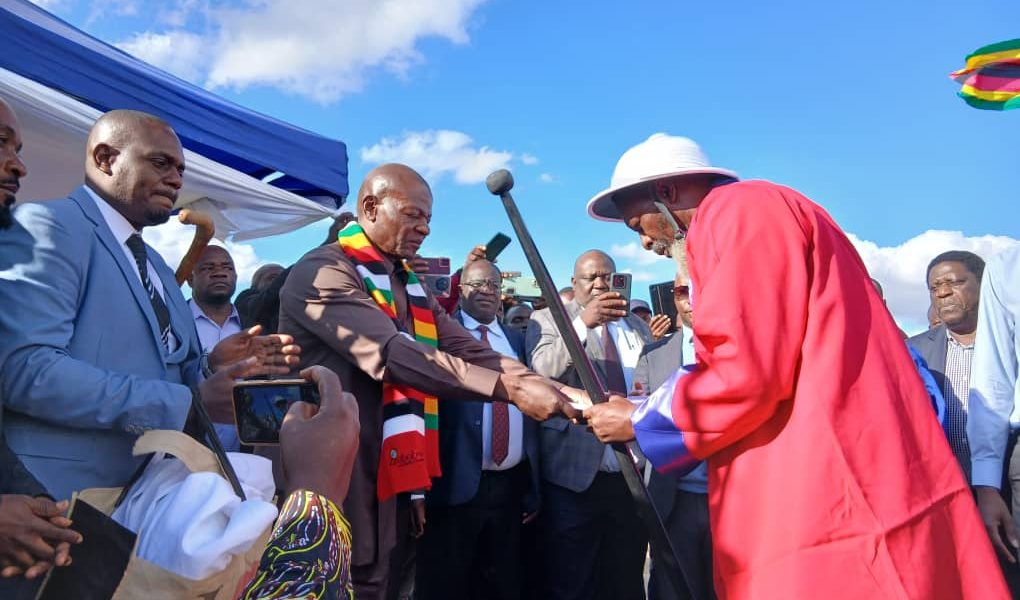The Government of Zimbabwe is pressing ahead with the restoration of traditional chieftainships that were dismantled during the colonial era, as part of wider efforts to promote rural development and preserve cultural heritage.
On Monday, 12 May, 58-year-old Jellas Rushwaya was officially installed as Chief Kareya during a ceremony held in Chikomba District, Mashonaland East Province.
Speaking at the event, the Minister of Local Government and Public Works, Daniel Garwe (MP), called on villagers to show respect for the newly installed traditional leadership. Garwe said:
The government with the guidance of traditional leaders will continue to resuscitate chieftainships that were affected by colonial legacies.
Today we are here to install Chief Kareya whose chieftainship was once abolished by the white settlers in 1896 because the Kareya people had refused to cooperate and to be subjugated by the colonialists. I therefore urge you all to respect our traditional leadership.
The addition of Chief Kareya will be instrumental in building a prosperous Mashonaland East Province and contribute to the broader vision of Zimbabwe 2030.
The Minister of State for Provincial Affairs in Mashonaland East, Advocate Itayi Ndudzo, has hailed the installation of Chief Kareya as a significant step towards building a prosperous Mashonaland East Province.
He said the appointment would also contribute meaningfully to the broader national vision of achieving an upper-middle-income economy by 2030.
Speaking at the same event, Deputy President of the Chiefs’ Council, Chief Fortune Charumbira, said traditional leaders play a vital role not only in promoting unity and development but also in safeguarding the moral and cultural fabric of communities.
Chief Kareya, a member of the Johanne Masowe Apostolic Church, is married and a father of seven. He becomes the second substantive chief in the area, following the death of Muchenje Onias Munetsi in July 2021.
His installation forms part of a wider government initiative to restore traditional chieftainships that were dismantled during the colonial era.
Since 2018, several such titles have been revived as part of efforts to restore cultural heritage and promote local governance.
Notable restorations include the Bere Chieftainship in Mashava, reinstated in 2019 nearly 125 years after its abolition. The Bere clan had been displaced by colonial land policies.
The Chimbwerere Chieftainship in Guruve was restored in 2025 after being dissolved in 1963 due to resistance against colonial rule. The Chimbwerere clan had long campaigned for formal recognition.



Back to top